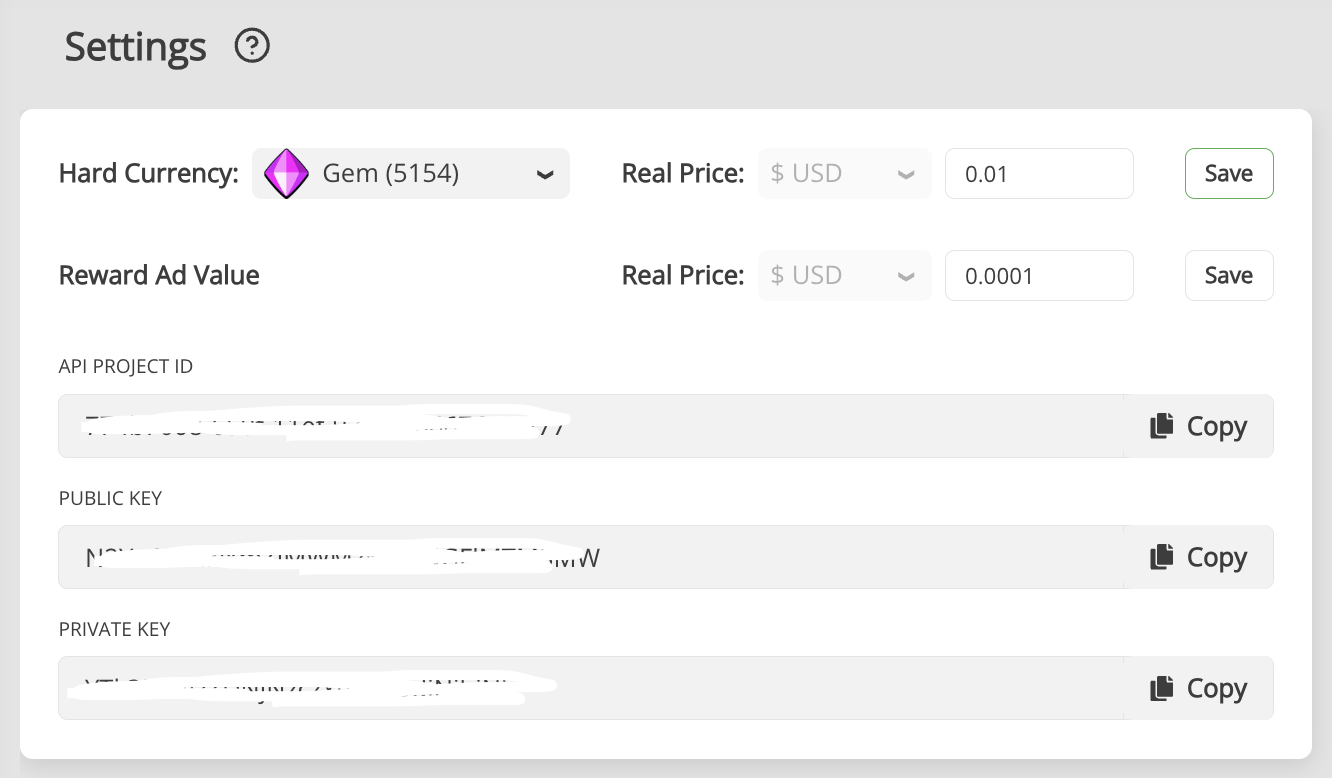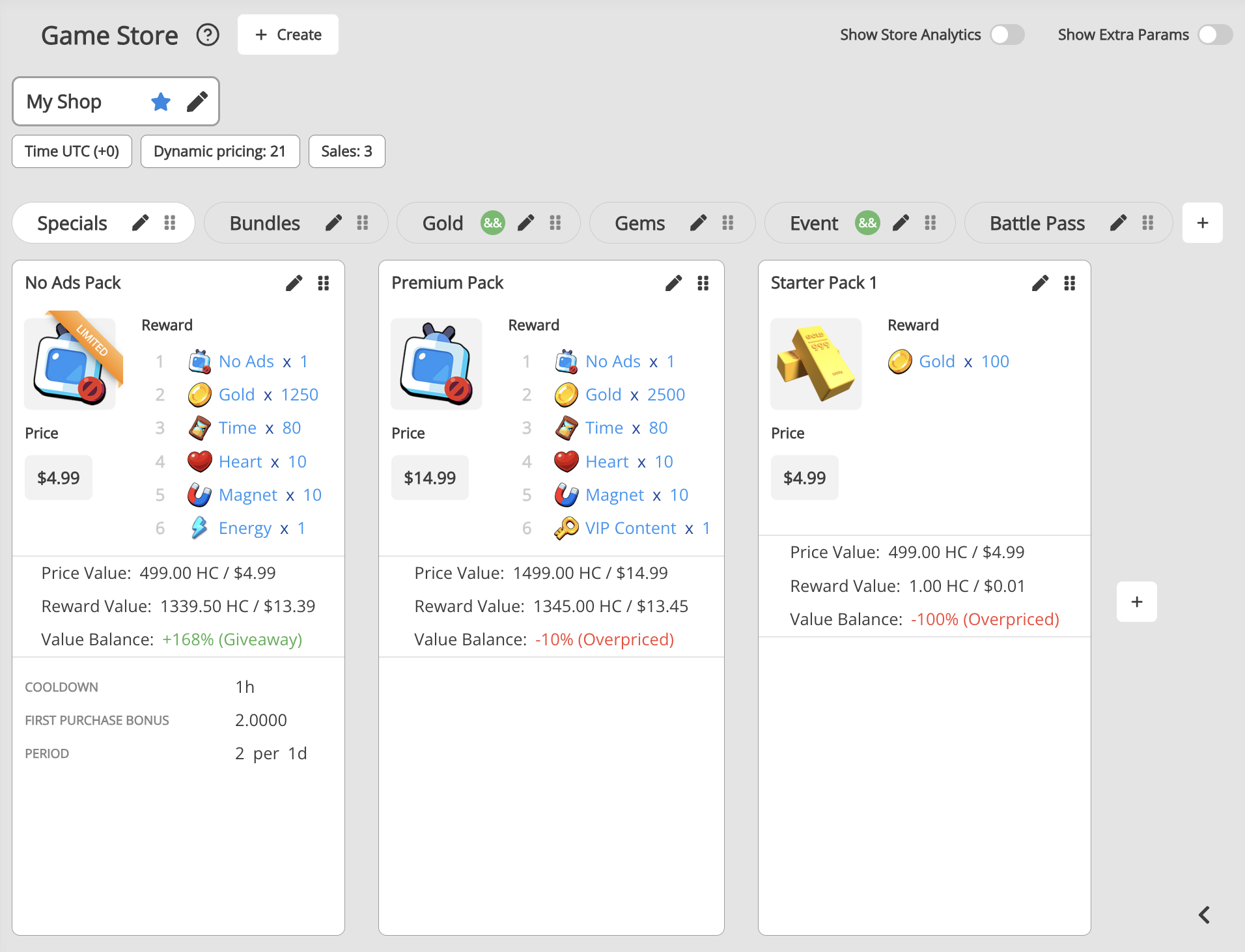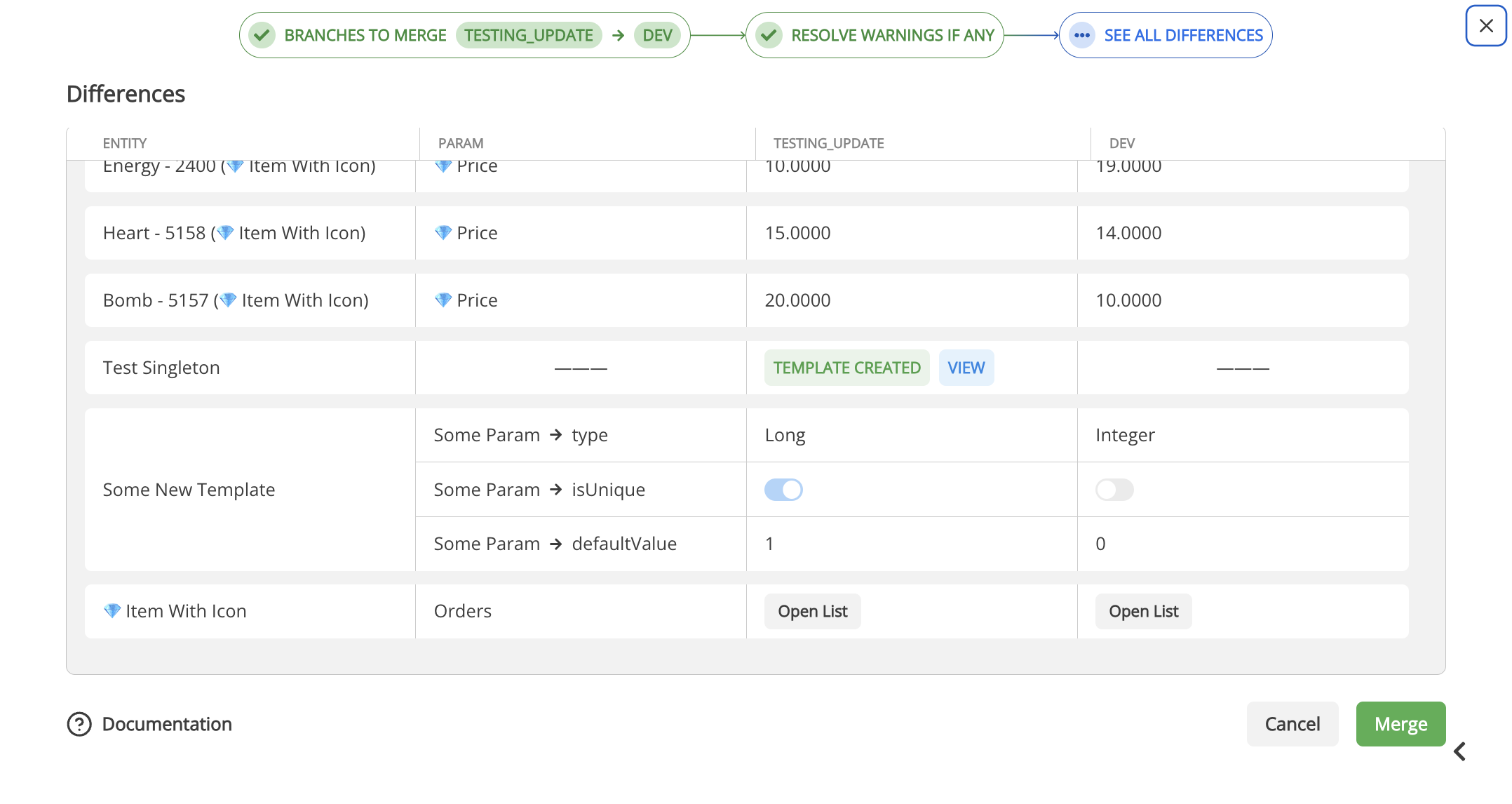Over the past month, our team has been hard at work enhancing the platform’s performance and stability. We’re excited to share that we’ve also delivered several significant new features, including the tools for virtual economy management. Check out all the details in this December update!
Stability and performance optimisations
We are constantly working on the stability and performance optimizations of our platform.
In November, we moved to a new infrastructure, so the platform has lower response times, and many operations now take less time. For example:
- Before, the opening of some complex projects used to take up to 1 minute. Now, it is around 2 seconds.
- The first deployment could take up to 5 minutes. The new expected time is around 20 seconds.
- Some heavy operations could lead to pages becoming unresponsive and occasional issues with authorization on the platform. New infrastructure is more powerful, so there will be no disconnections.
- Tables for complex documents are now rendered up to 10 times faster.
- Importing spreadsheets has been accelerated by multiple times. The actual outcome may differ based on a particular spreadsheet’s complexity.
Virtual economy
We are excited to introduce virtual economy tools!
In project settings, you can now choose the Item used as a hard currency. For such an Item, the price in real currency can be set (currently, in USD). All in-game items inherited from the Balancy Item now have the “HC price” parameter to define their value in a specified hard currency.
Also, setting up the USD price for one rewarded video is now possible. It is up to you to define that price. We recommend using historical product analytics data related to the ad revenue of the particular game to figure out the average value of 1 rewarded video watch.

We’ve included information about the economy balance for StoreItems, Offers, and Game Store. Balancy now calculates values for prices and rewards in hard currency and USD. The system compares these values to make it clear whether there is any unnecessary discounting or overpricing in the economy.

This feature helps to find and check if the virtual economy is set up as intended, highlighting possible weak points of giving away too much goods or asking too much money for too few rewards. This information is presented in system columns in a table view, document modals, and store slot panels. Columns can be hidden if unnecessary, and the tables can be sorted based on the information in these columns.

Improved A/B tests and overrides
Finished A/B tests now do not delete overrides after applying the best group’s values. Instead, overrides become read-only and inactive and can be used as a historical reference. This makes it easy to understand what this particular A/B test was about.
For the documents, which are subject to overriding or A/B testing, there are now hints in a table view and LiveOps view. Clicking on the hint provides the list of overrides or A/B tests involving these documents (for easy referencing and checking their settings). Items in the lists are also clickable, allowing you to open corresponding documents.

The hint icon for the documents involved in overrides or A/B Tests has been reworked. Both entities are combined into a single list and sorted according to their priorities.

It is possible to add overrides for prices directly into an existing override (on the overrides page) and into A/B tests. And we now show exact values for overridden prices.

Priorities of overrides and A/B tests are now shown and available to be changed. In case of overriding the same parameter via different overrides, only the override with the highest priority will be applied. The same applies to those overrides, which are the internal part of A/B tests.

Showing merge differences
An additional step is added to the branches’ merge flow – reviewing differences. As the last step before merging, it is possible to check all the differences between the two branches, even if there are no conflicts and warnings.

Fast launch
In the worst-case connection scenario, where 100% of communication packages are lost, Balancy is launched in 15 seconds. You can change this time frame at your preference. After this time passes, Balancy will be initialized using remote configs or locally cached data.
In-app products are now cached and accessed even without connection to servers.
We’ve also improved data caching. Even if the downloaded data branch differs from the production branch, the data is still partially used when downloading the changes, which speeds up the launch and can be fully utilized if there is no internet connection.
We hope you find these updates useful for your daily work. Please feel free to leave your feedback and comments to our team. We are developing Balancy for you and together with you.
